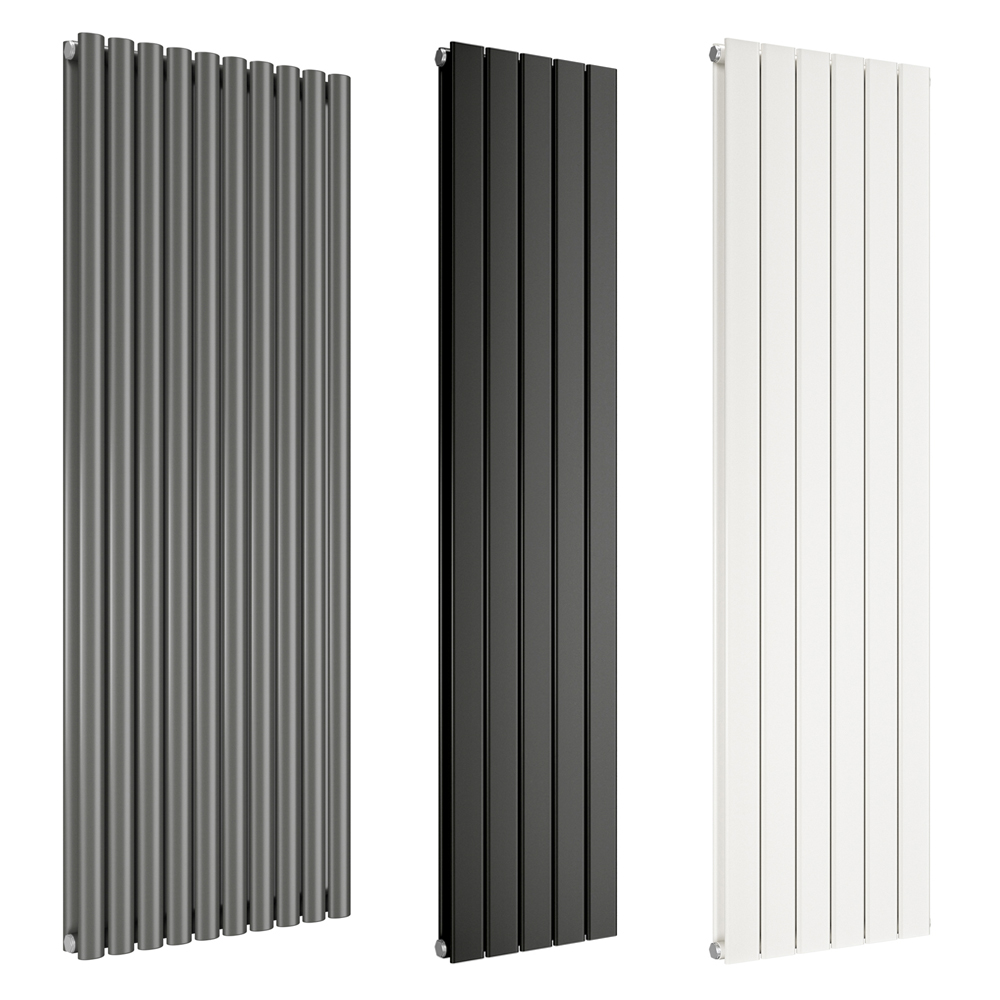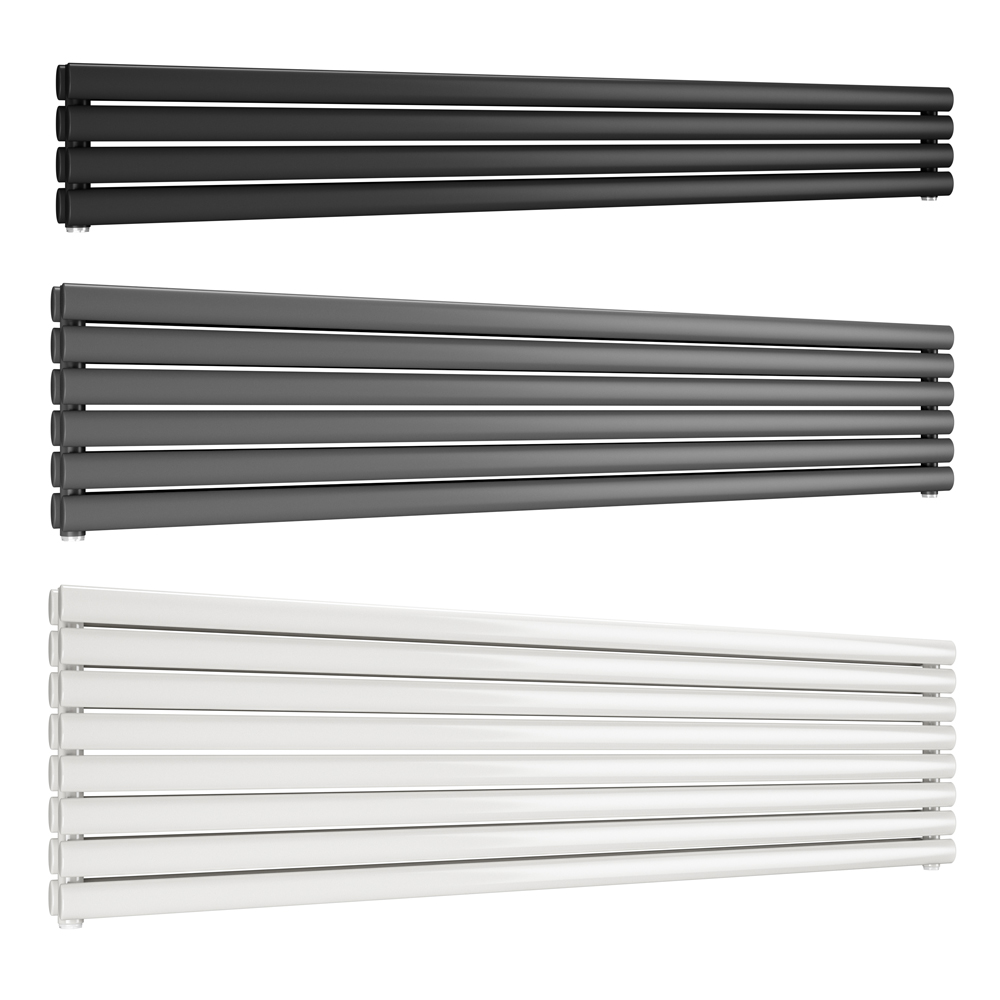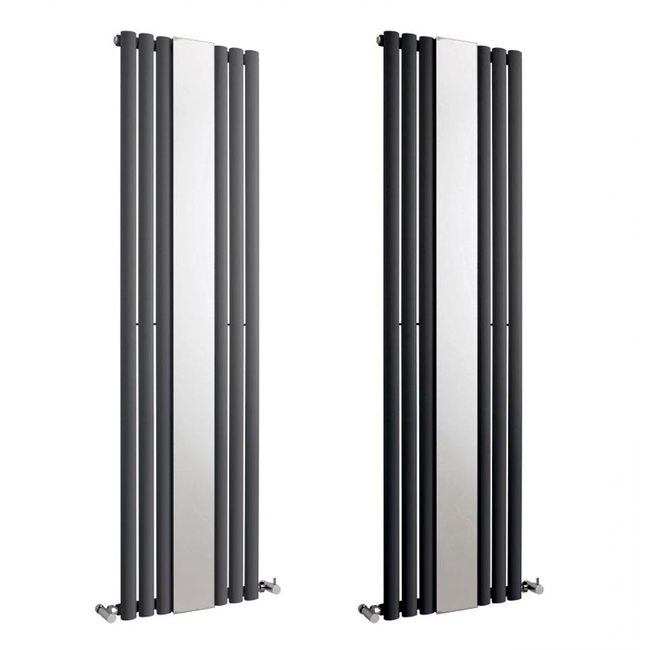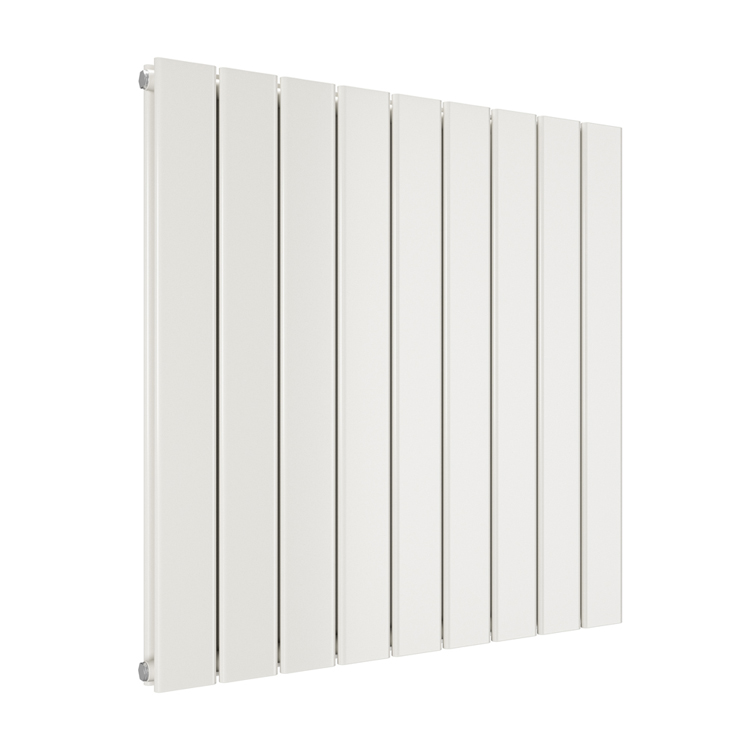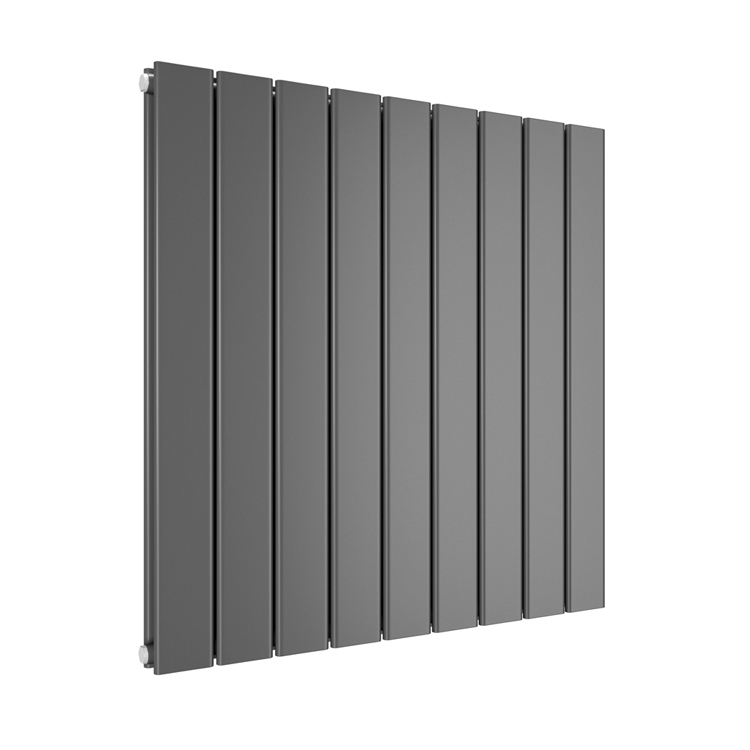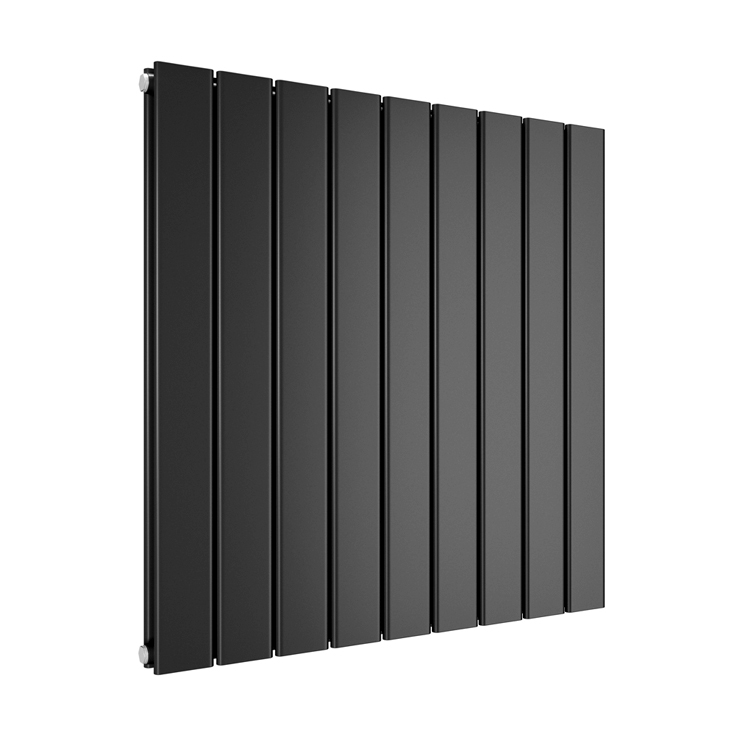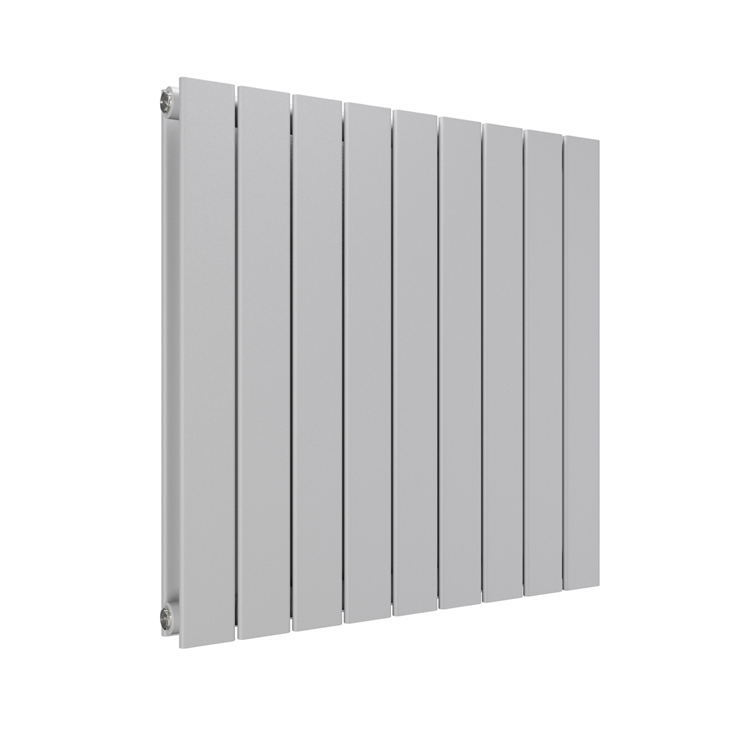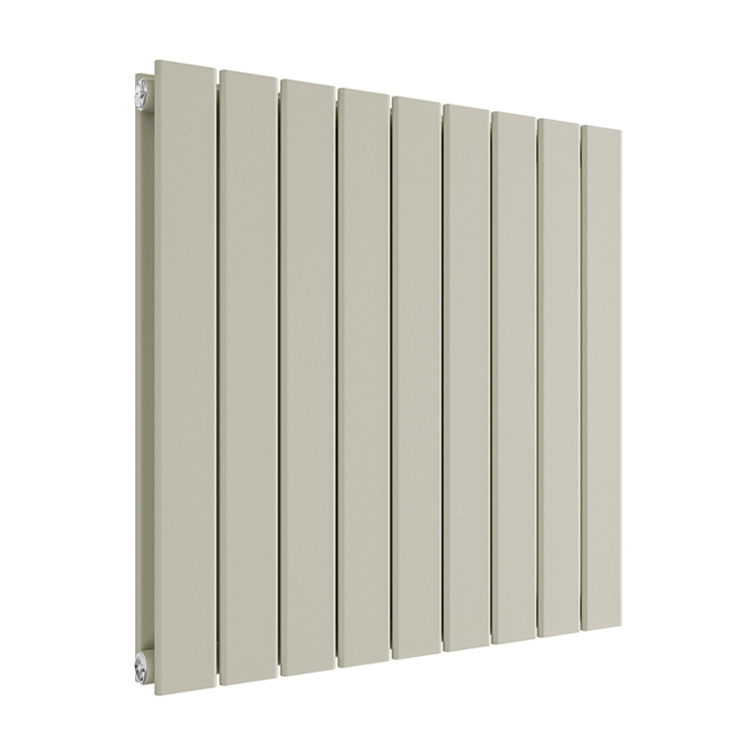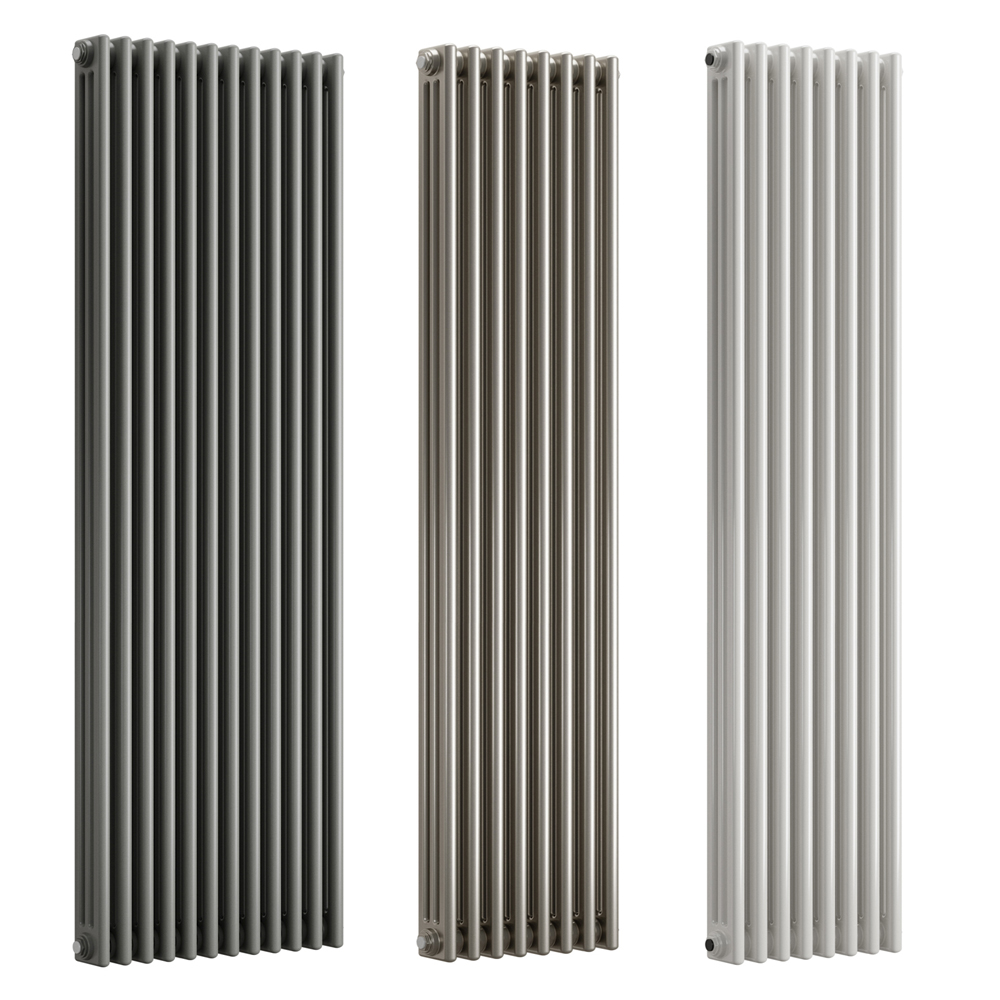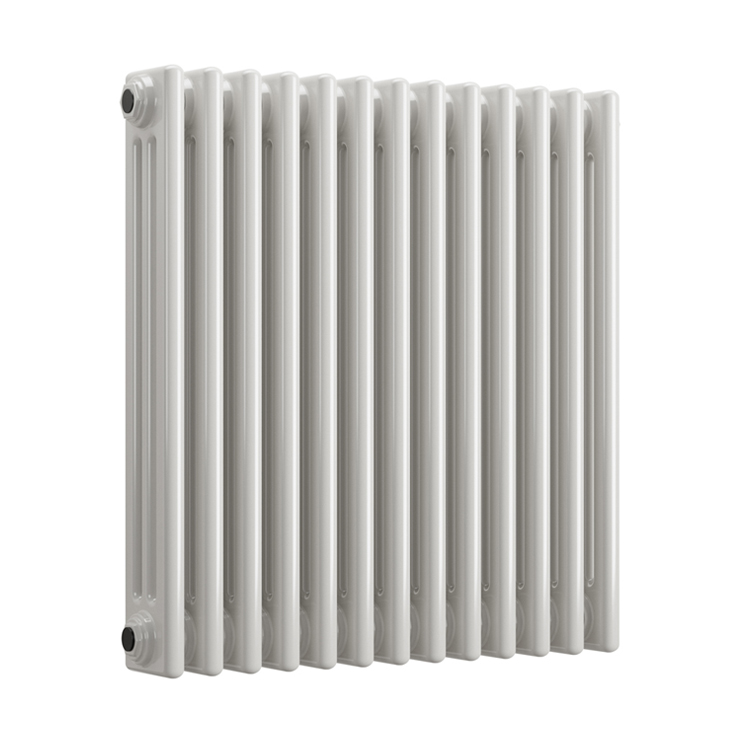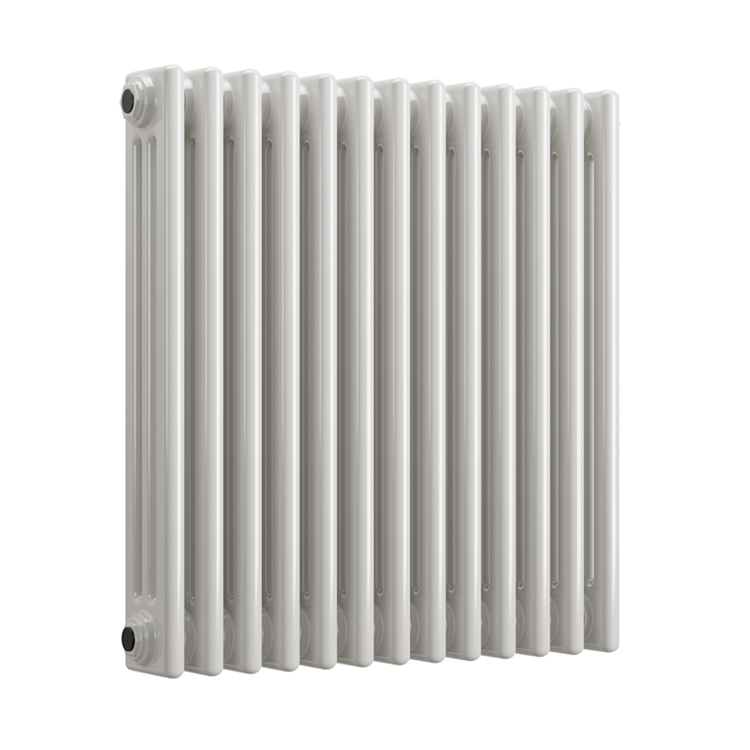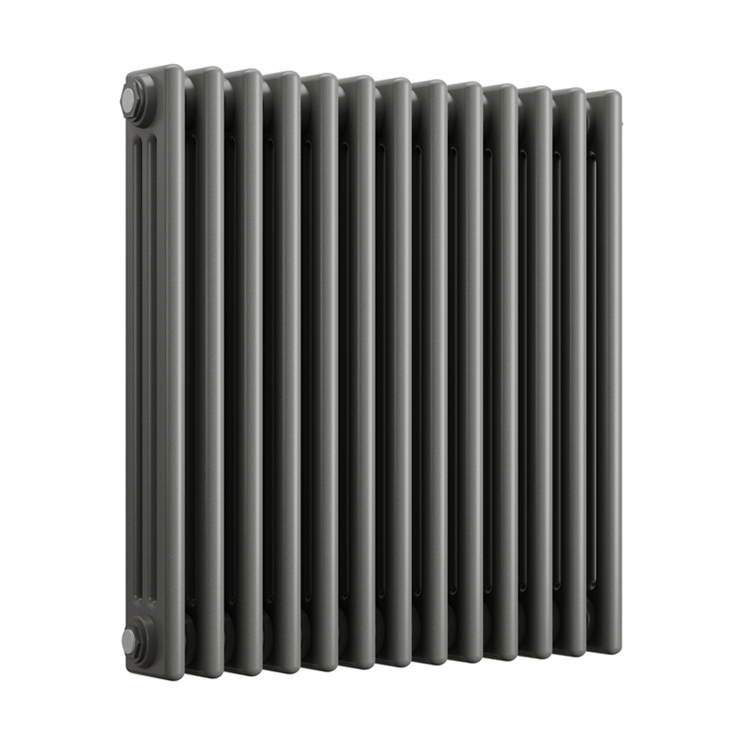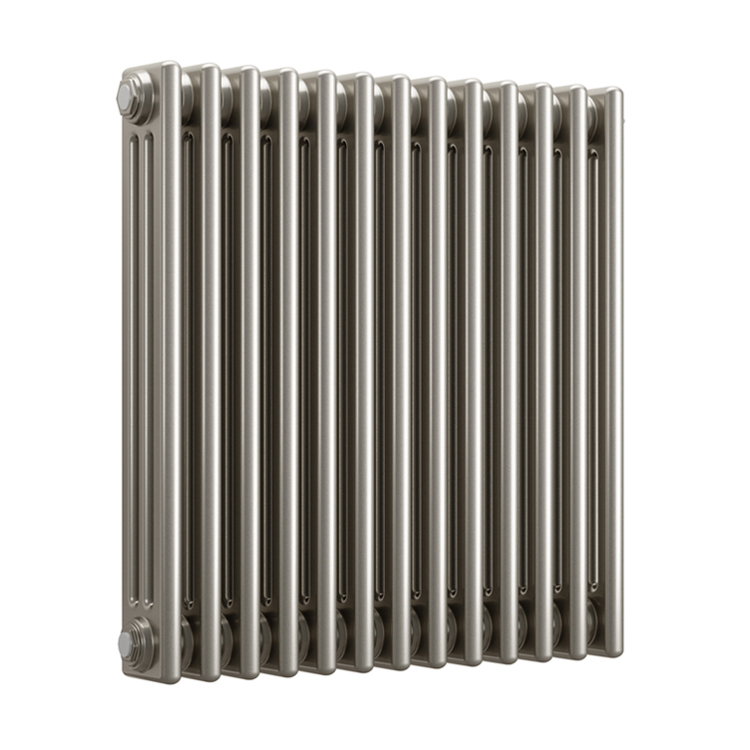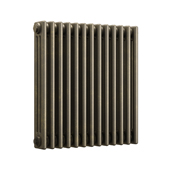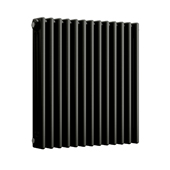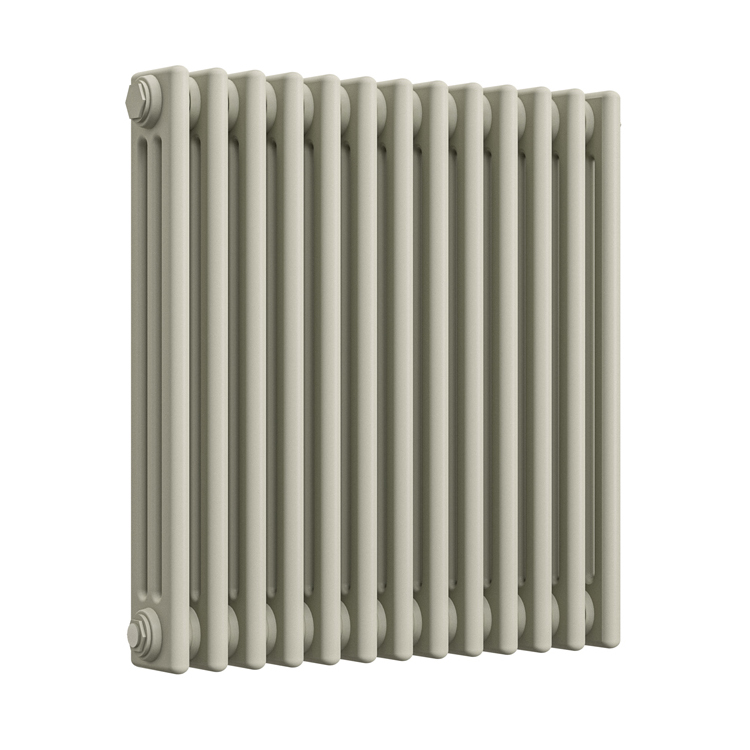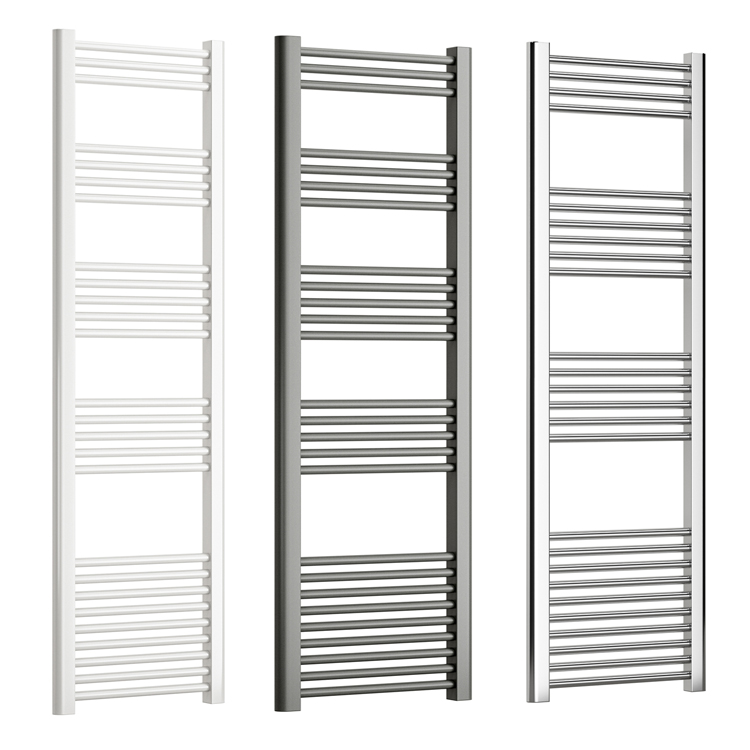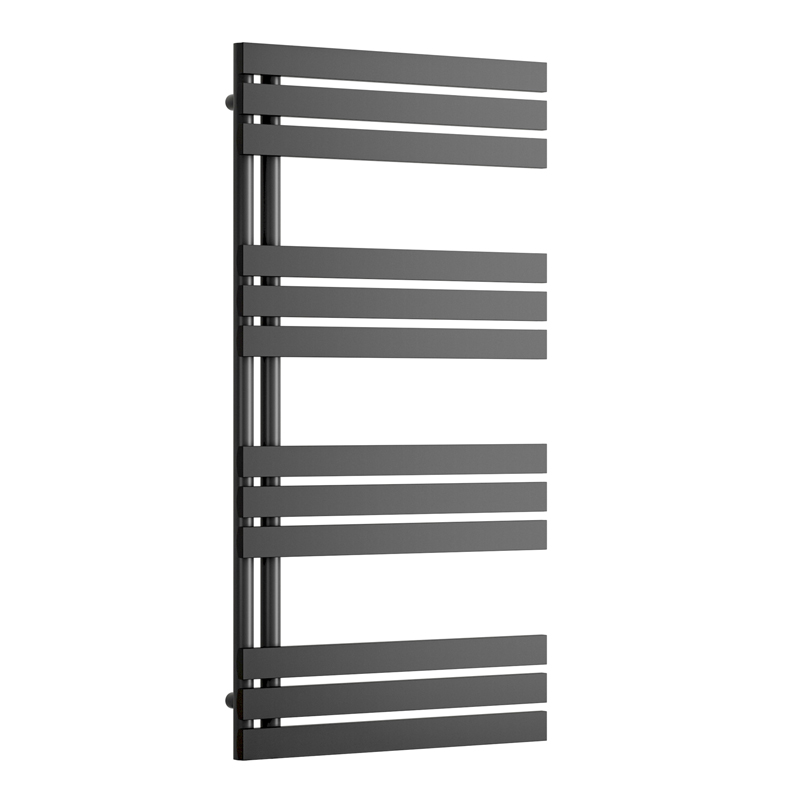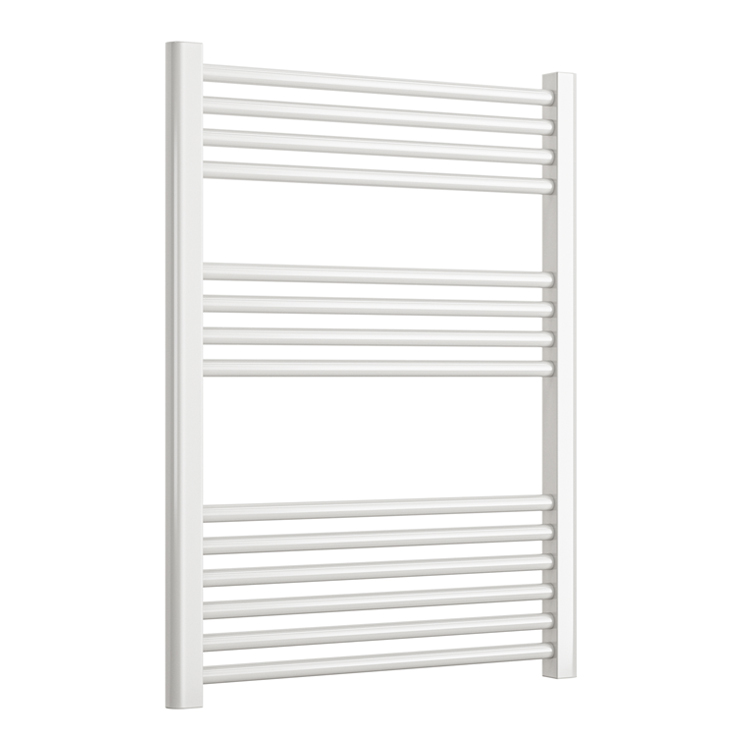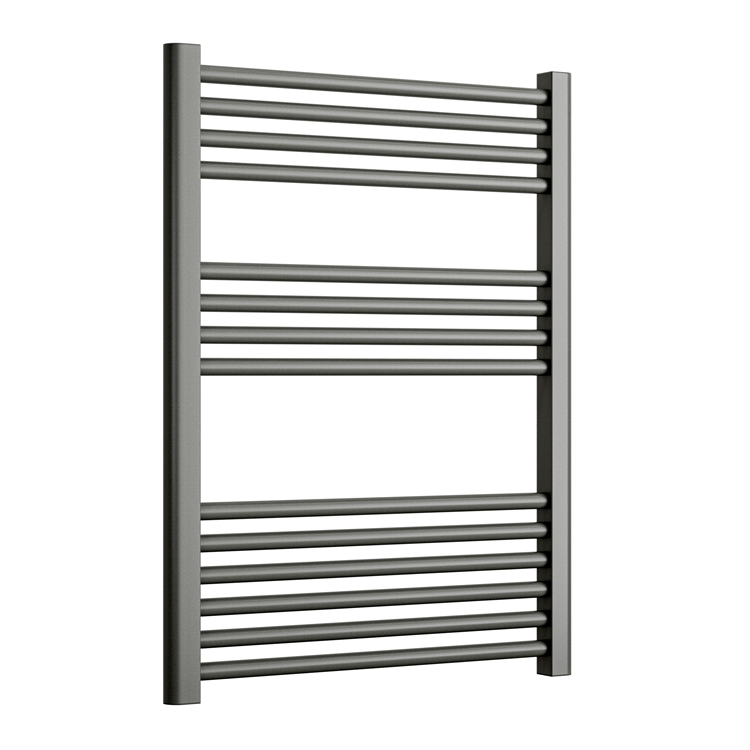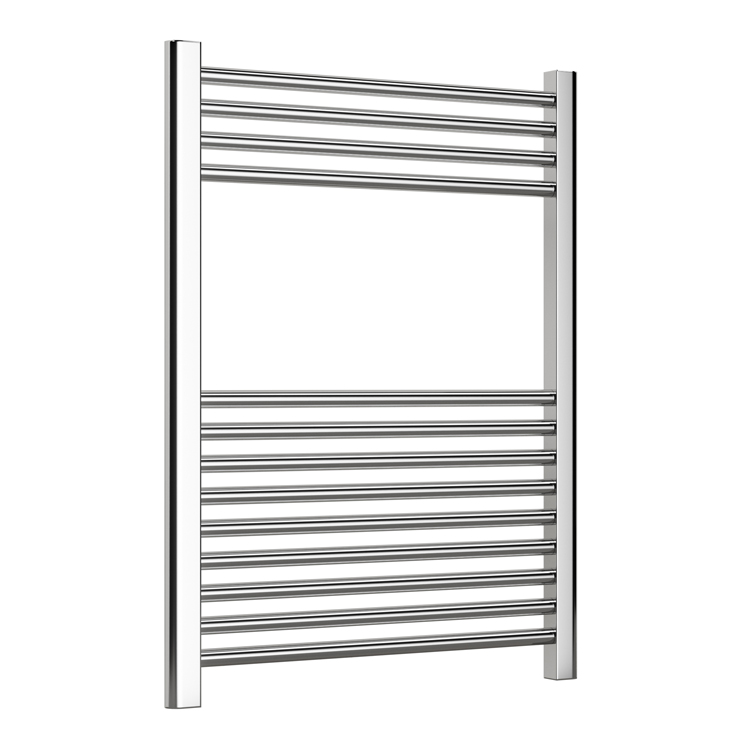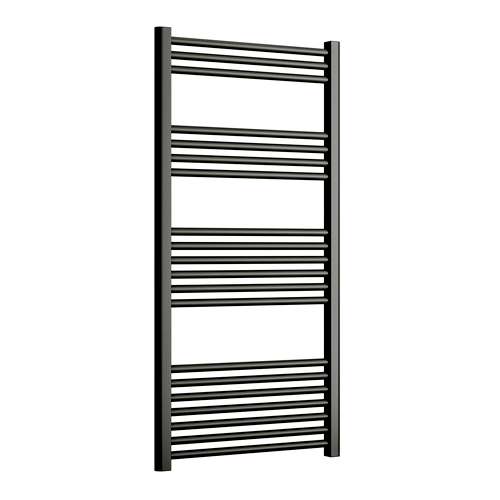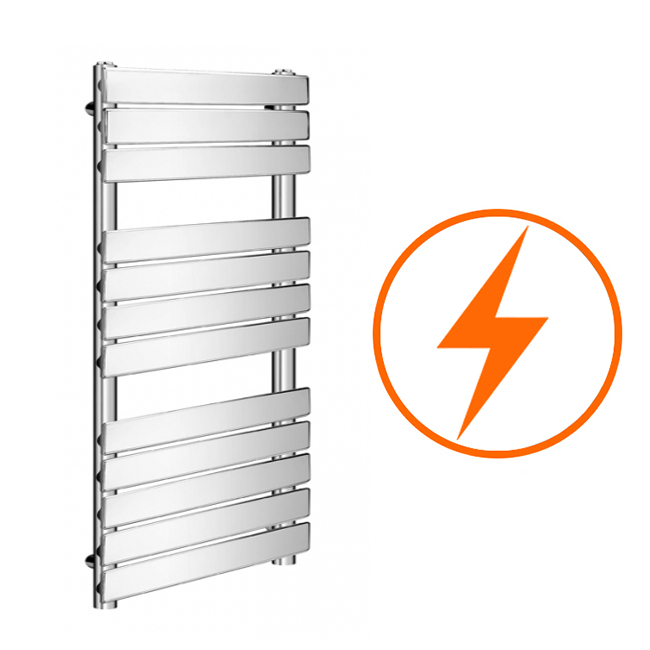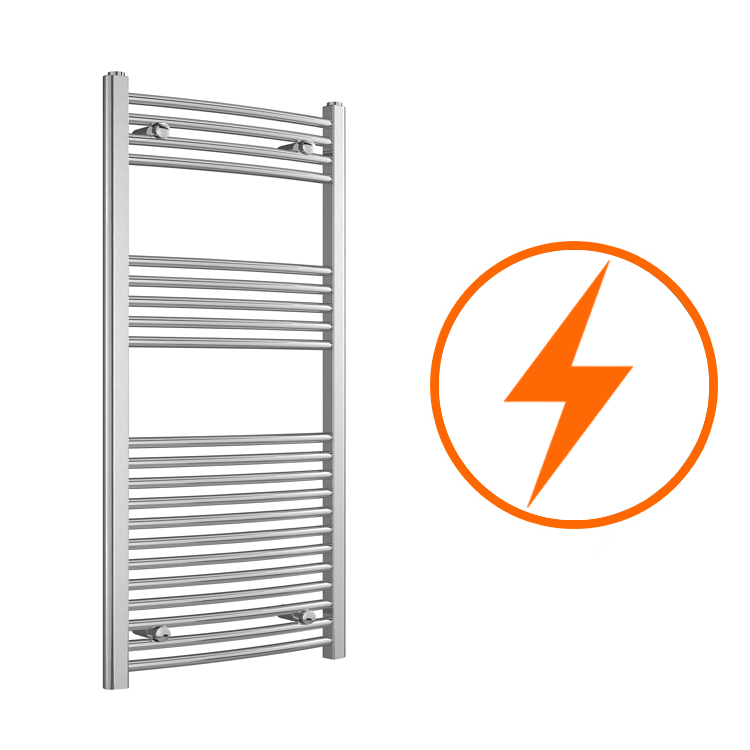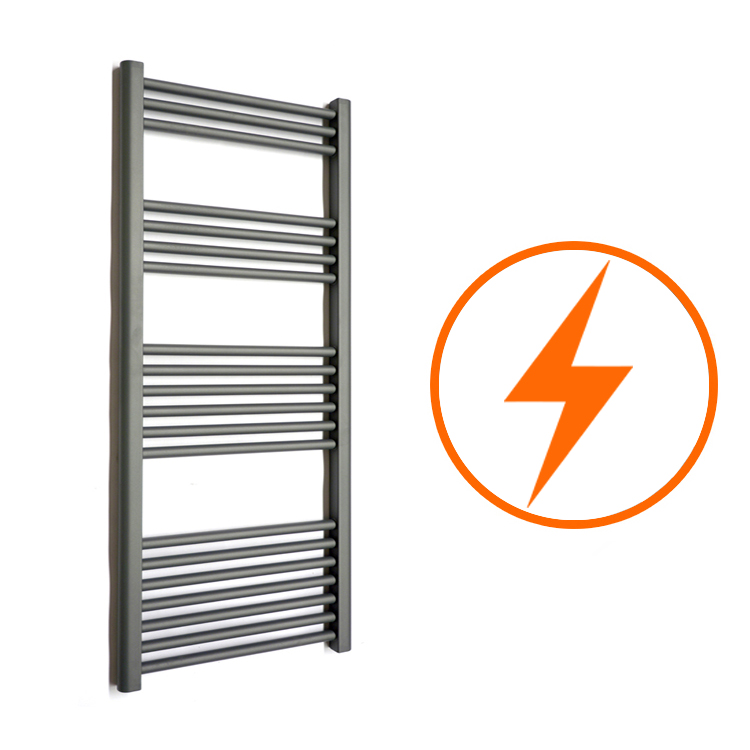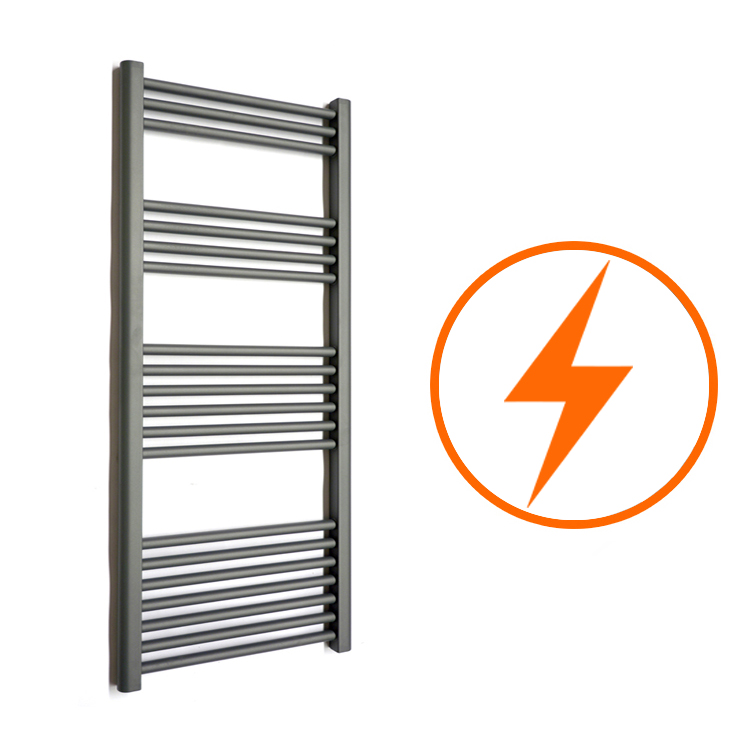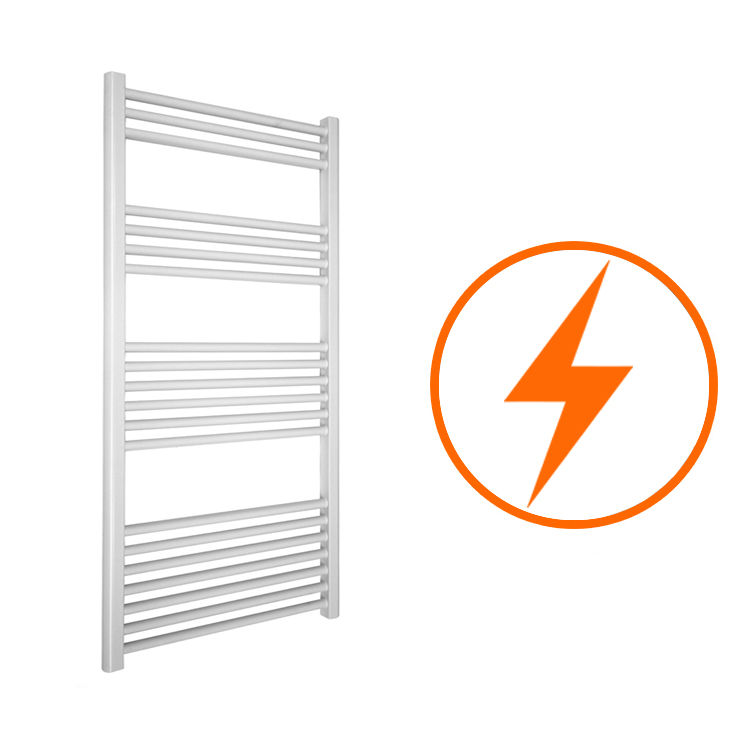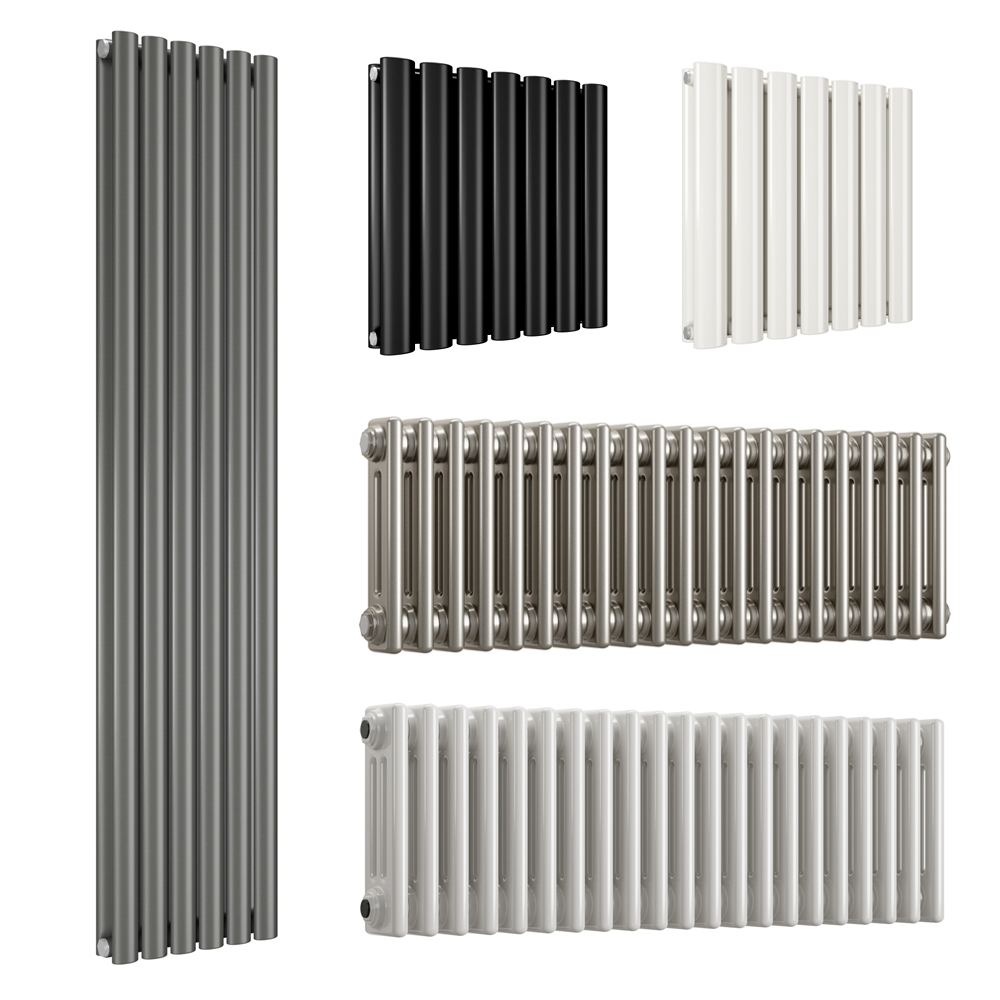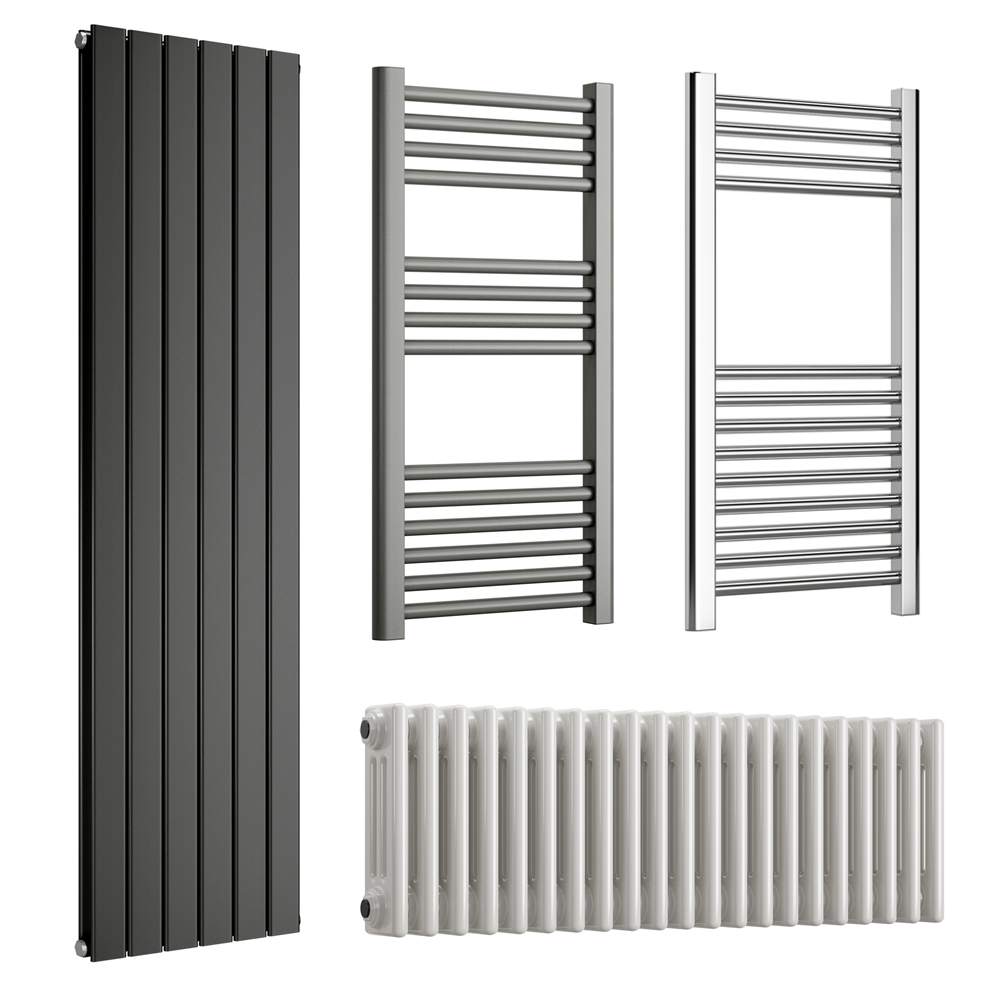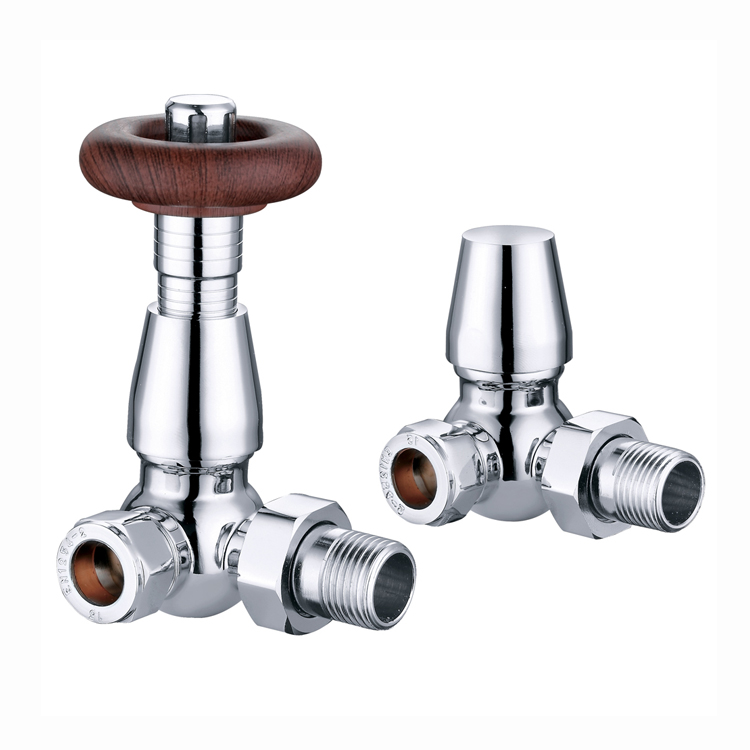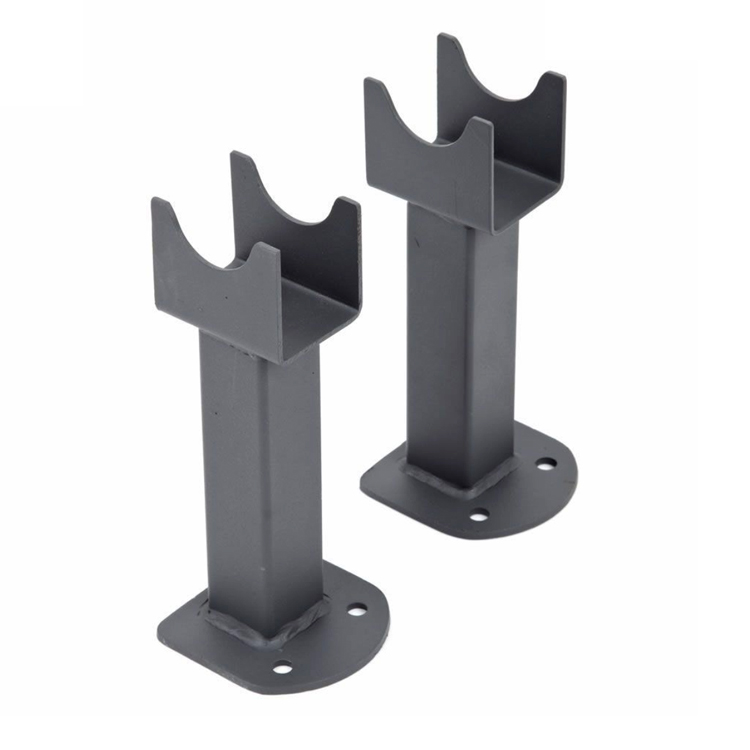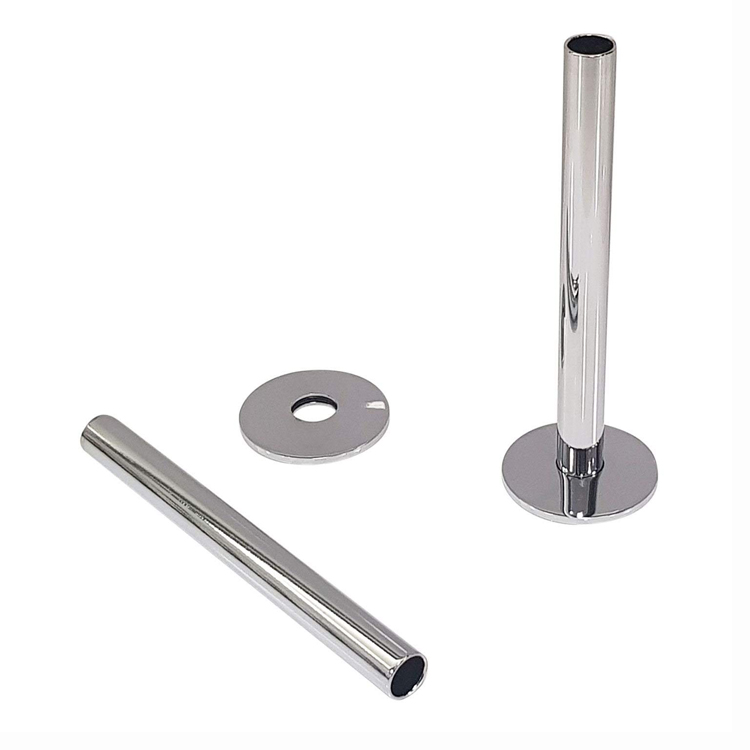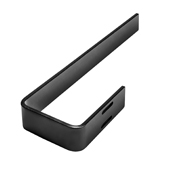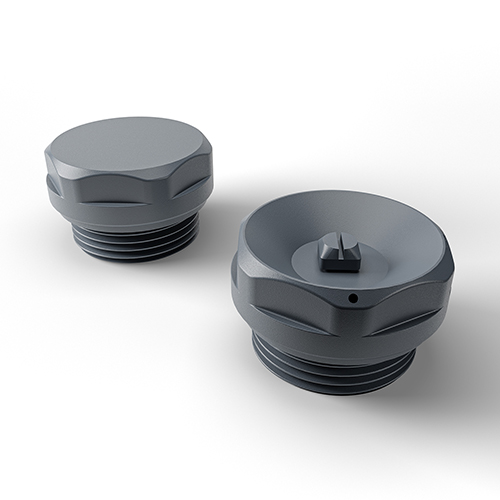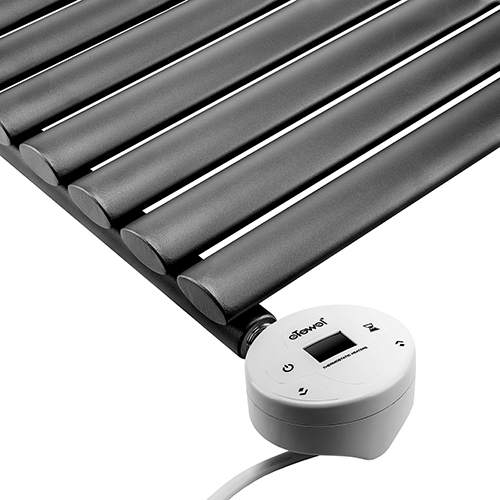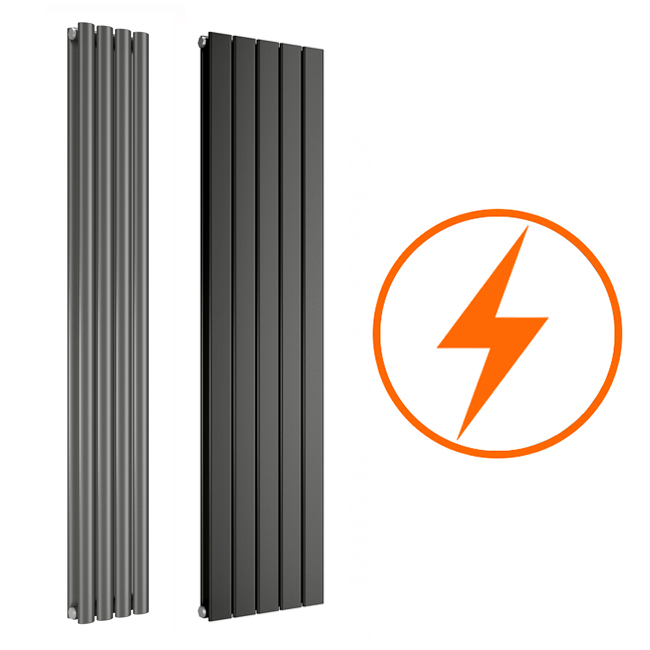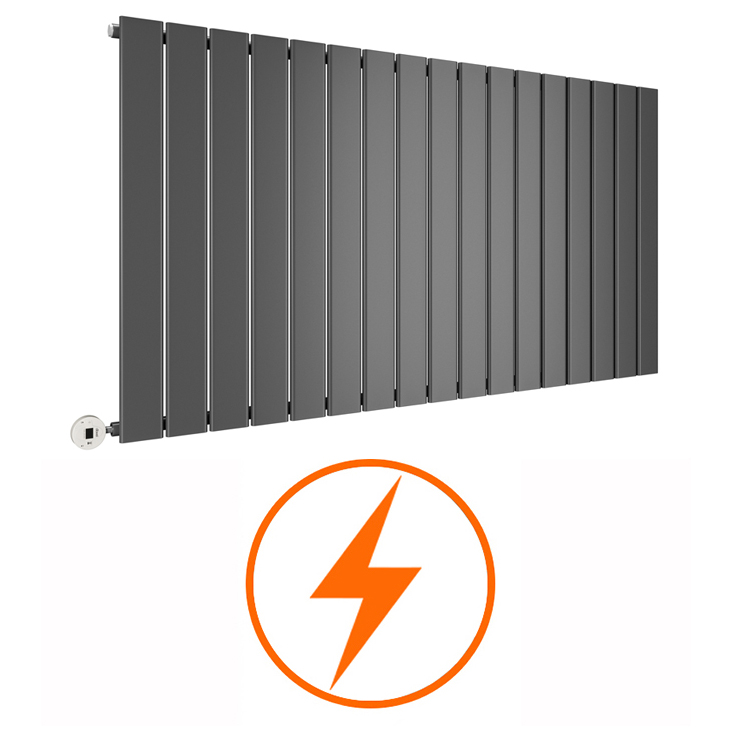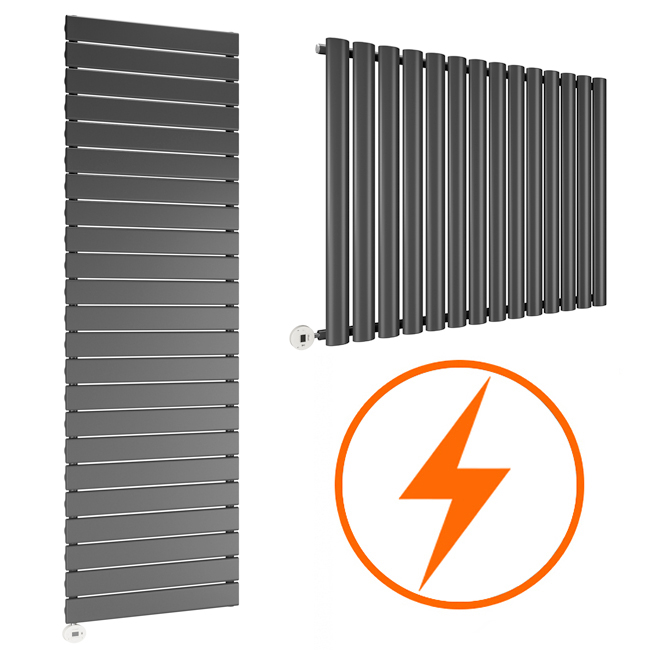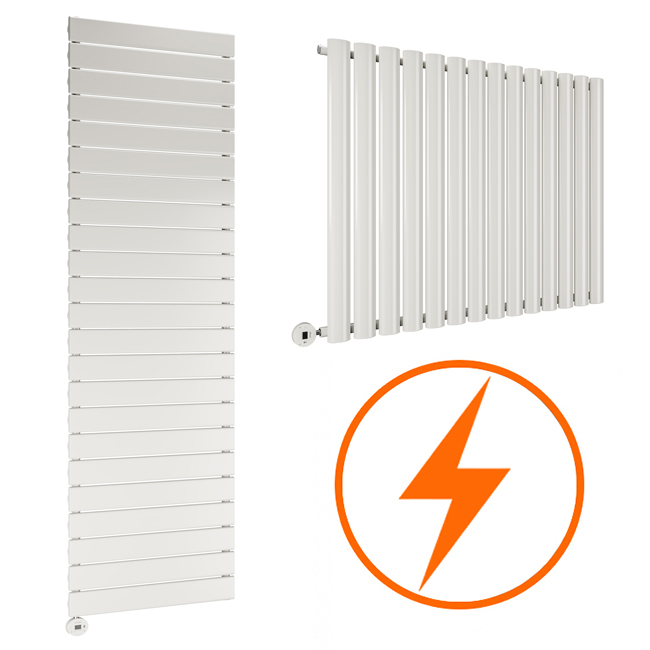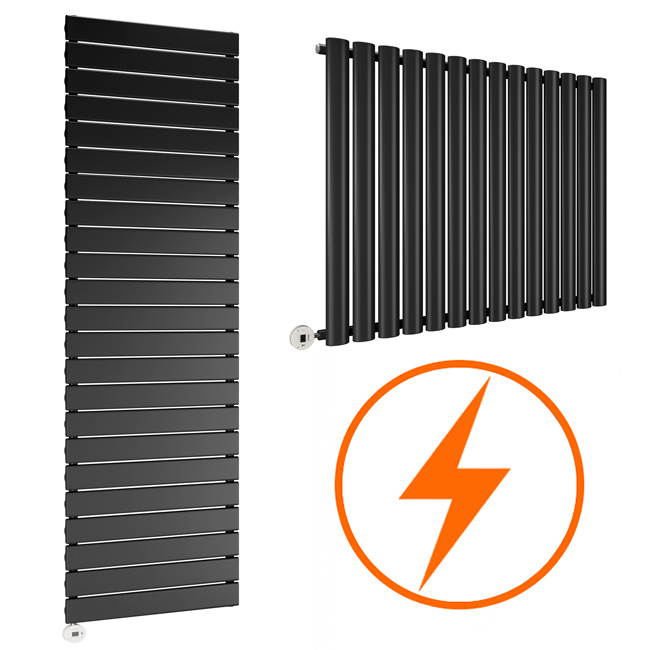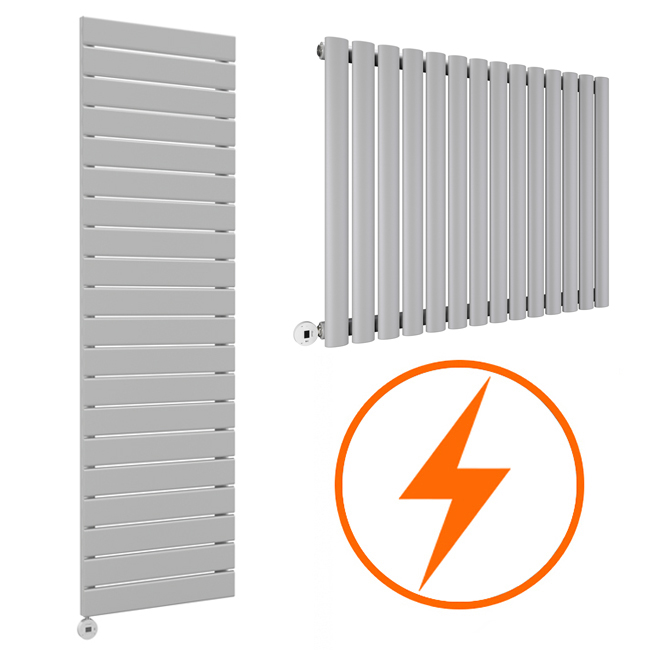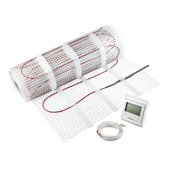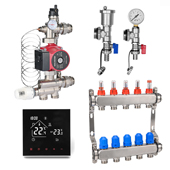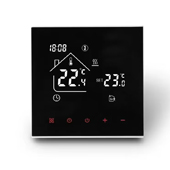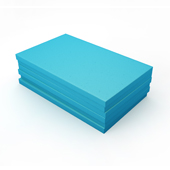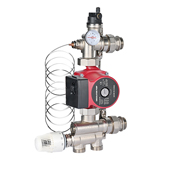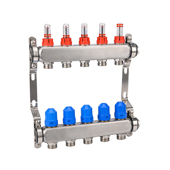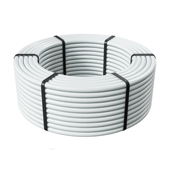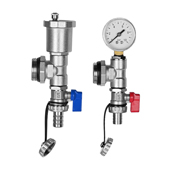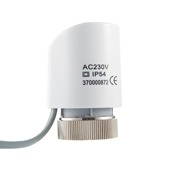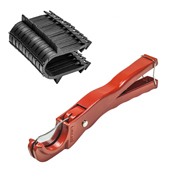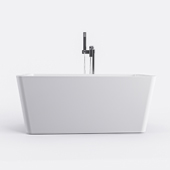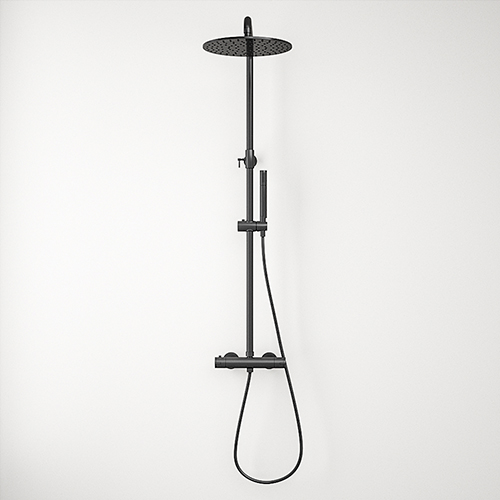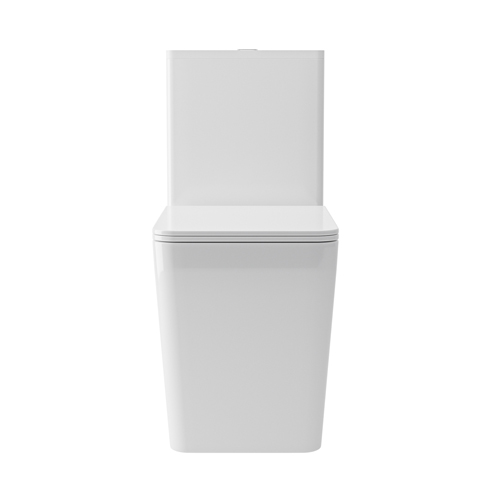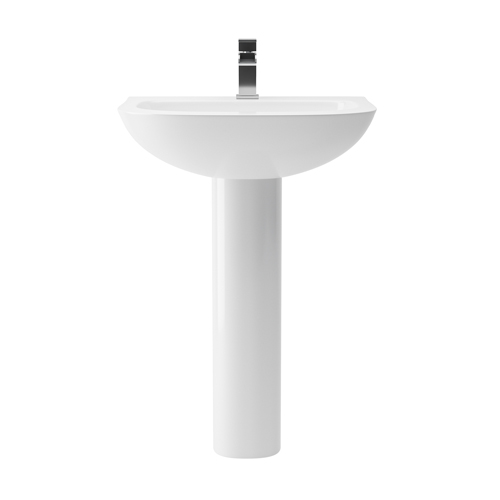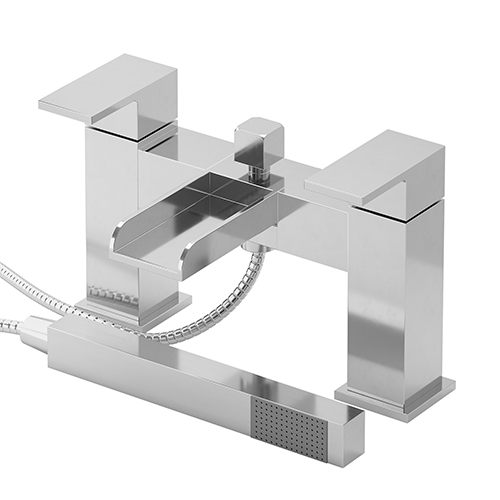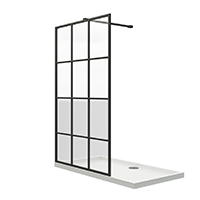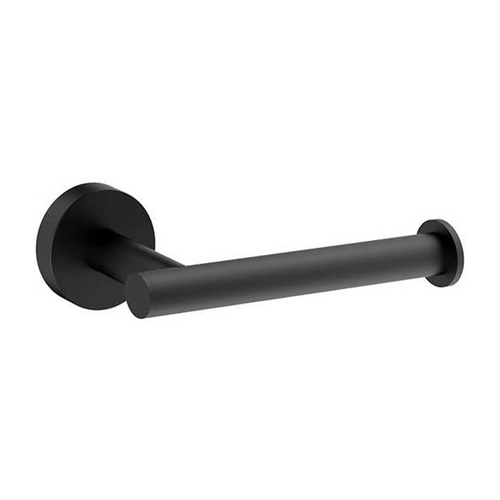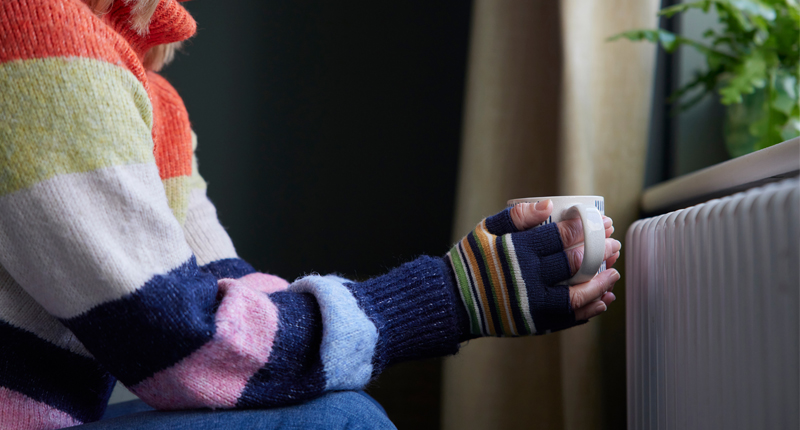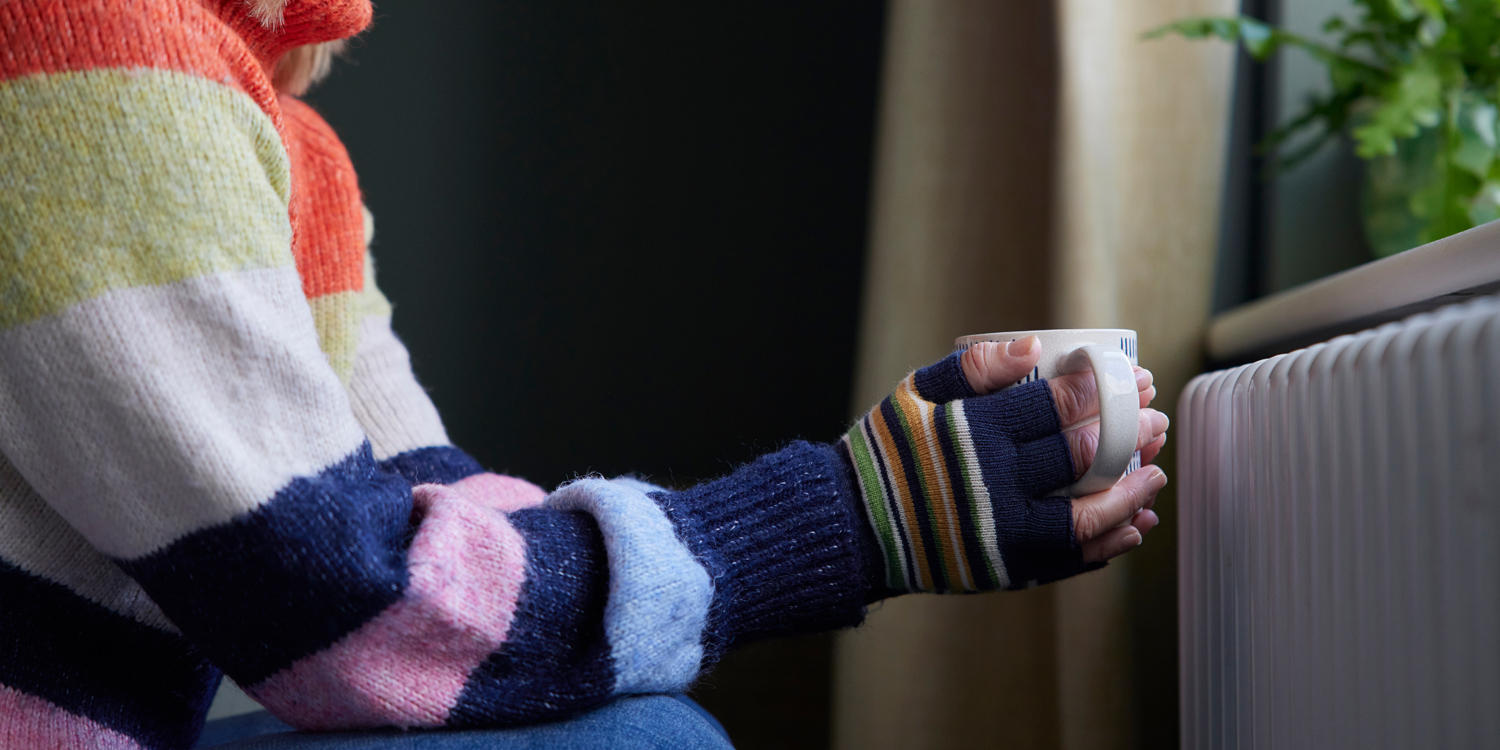
Discovering your radiator cold at the bottom can be a frustrating issue, especially as we rely on these vital heat sources to keep our spaces warm and comfortable during the colder months. When a radiator isn't working as it should, it not only affects the overall comfort of your home day-to-day but can also lead to increased energy usage as we attempt to compensate for the lack of heat.
The issue of a cold radiator bottom, while common, signals a need for immediate attention to prevent further inefficiencies and discomfort. Addressing this problem is not just about restoring warmth; it's about enhancing the efficiency of your heating system, prolonging the life of your radiators and ensuring your home remains a cosy retreat during the chilliest times.
How your radiator works: a quick explanation
Understanding the operational fundamentals of your radiator is key to diagnosing and addressing any issues that may arise, particularly when it comes to the specialised needs of radiators. At their core, radiators function by circulating hot water or steam through a system of pipes and panels,releasing heat into the room through convection and radiation. This process is crucial for maintaining a warm and inviting atmosphere.
For radiators, the efficiency of this heating process is paramount. Water heated by your boiler is pumped through the radiator's network of pipes, with the heat then transferred to the air in the room. The design and material of the radiator play significant roles in how effectively this heat is distributed.
The circulation of water through the radiator system must be unimpeded to ensure optimal performance. Any disruption in this flow, whether due to blockages, air pockets or system imbalances, can lead to uneven heating – manifesting as radiators cold at the bottom. Efficient
water circulation ensures that heat is evenly distributed throughout the radiator and, by extension,the room. This not only maximises the warmth provided but also enhances the energy efficiency of your heating system by ensuring that no excess energy is wasted in attempting to heat the space.
This efficient heat distribution is not just about comfort; it also helps to reduce a room’s condensation and dampness, which can lead to mould and mildew. Understanding the relationship between water circulation and heat distribution lays the groundwork for troubleshooting issues and optimising the performance of your radiators, ensuring they provide the warmth and comfort needed in such a crucial space.
Common reasons why radiators can cold at the bottom
When a radiator begins to feel cold at the bottom while the top remains hot, it's a clear sign that something is amiss within your heating system. Several factors can contribute to this issue,impacting the efficiency and performance of your radiators.
Sludge build-up
One of the primary reasons for a radiator to be cold at the bottom is the accumulation of sludge.Sludge in your heating system is a mixture of dirt, rust and mineral deposits that can form over time,especially in systems that are not regularly maintained. In radiators, this sludge can settle at the bottom, creating a barrier that prevents the hot water from circulating properly through the entire radiator. This blockage disrupts the heat distribution, leading to the top of the radiator feeling warm while the bottom remains cold. The presence of sludge not only reduces the efficiency of your radiator but can also lead to increased energy consumption as your system works harder to achieve the desired temperature.
Corrosion and blockages
Beyond sludge, corrosion and debris within the heating system can also lead to significant blockages.The internal parts of a radiator can corrode over time, exacerbated by the constant presence of water and oxygen. This corrosion can produce debris that can form blockages that impede water flow. The reduced flow not only impacts the radiator's ability to heat up evenly but can also strain your boiler as it attempts to circulate hot water through obstructed pathways.
Balancing issues
Radiator balancing is a process designed to ensure that hot water is distributed evenly across all the radiators in your home. Proper balancing is crucial for systems with multiple radiators, as it ensures each radiator receives its share of hot water based on its size and distance from the boiler. When a system is improperly balanced, radiators closer to the boiler may receive too much hot water, while those further away, such as bathroom radiators, may not receive enough. This imbalance can result in uneven heating, with radiators exhibiting cold bottoms due to insufficient hot water flow.Ensuring your radiators are correctly balanced is essential for achieving uniform heat distribution and optimal efficiency across your heating system.
Addressing these issues – sludge build-up, corrosion and blockages and balancing problems – is crucial for restoring the efficiency and performance of your radiators. Not only will tackling these problems help in evenly heating your space, but it will also contribute to the overall energy efficiency of your home heating system.
Diagnosing the problem
Diagnosing the root cause of your radiator being cold at the bottom is the first step towards restoring its efficiency and warmth. By following a few simple steps, you can determine whether the issue stems from sludge build-up, blockages or balancing issues. Regular maintenance is crucial in preventing these problems and ensuring your radiator operates efficiently, particularly in spaces like bathrooms where warmth is essential for comfort and preventing moisture build-up.
-
Feel the temperature gradient: Carefully feel the top and bottom of the radiator. If the top is significantly warmer than the bottom, it could indicate sludge build-up. Sludge, a mixture of dirt, rust and mineral deposits, can settle at the bottom, obstructing the flow of hot water.
-
Feel the temperature gradient: Carefully feel the top and bottom of the radiator. If the top is significantly warmer than the bottom, it could indicate sludge build-up. Sludge, a mixture of dirt, rust and mineral deposits, can settle at the bottom, obstructing the flow of hot water.
Step 1: Check for sludge build-up
-
Check for cold spots: Along with checking the bottom, feel for any cold spots across the radiator surface. Cold spots, especially when not at the bottom, can indicate internal corrosion or debris causing blockages, disrupting the water flow.
-
Inspect for external damage: Visible damage or rust on the outside of the radiator can hint at internal issues that might be causing blockages.
Step 2: Identify blockages or corrosion
-
Temperature consistency across radiators: If your radiator is colder than others in your home, especially if it's located further from the boiler, this could indicate a balancing issue.Radiator balancing involves adjusting the valves to ensure an even distribution of hot water across all radiators in the system.
-
Valve inspection: Check that both the lockshield and thermostatic radiator valves (if applicable) are open and functioning properly. Incorrect settings can lead to imbalance and uneven heating.
Step 3: Assess for balancing issues
The importance of regular maintenance
Regular maintenance is key to preventing these issues from arising in the first place. This includes annual servicing of your boiler and heating system, regular bleeding of radiators to remove air pockets and the use of a chemical inhibitor to reduce sludge formation. For bathroom radiators, where the demand for consistent warmth is high, these maintenance steps are not just recommended; they're essential.
Addressing the cause of a cold bathroom radiator promptly not only ensures your comfort but also enhances the energy efficiency of your heating system. By diagnosing the problem early, you can take steps to rectify the issue before it leads to more significant problems or requires professional intervention.
Solutions to fix a cold radiator
If you've diagnosed your bathroom radiator and found it cold at the bottom due to sludge build-up,blockages or balancing issues, there are several effective solutions to consider. From flushing and bleeding to using chemical cleaners and seeking professional help, these steps can restore warmth and efficiency to your bathroom radiators.
Flushing and bleeding
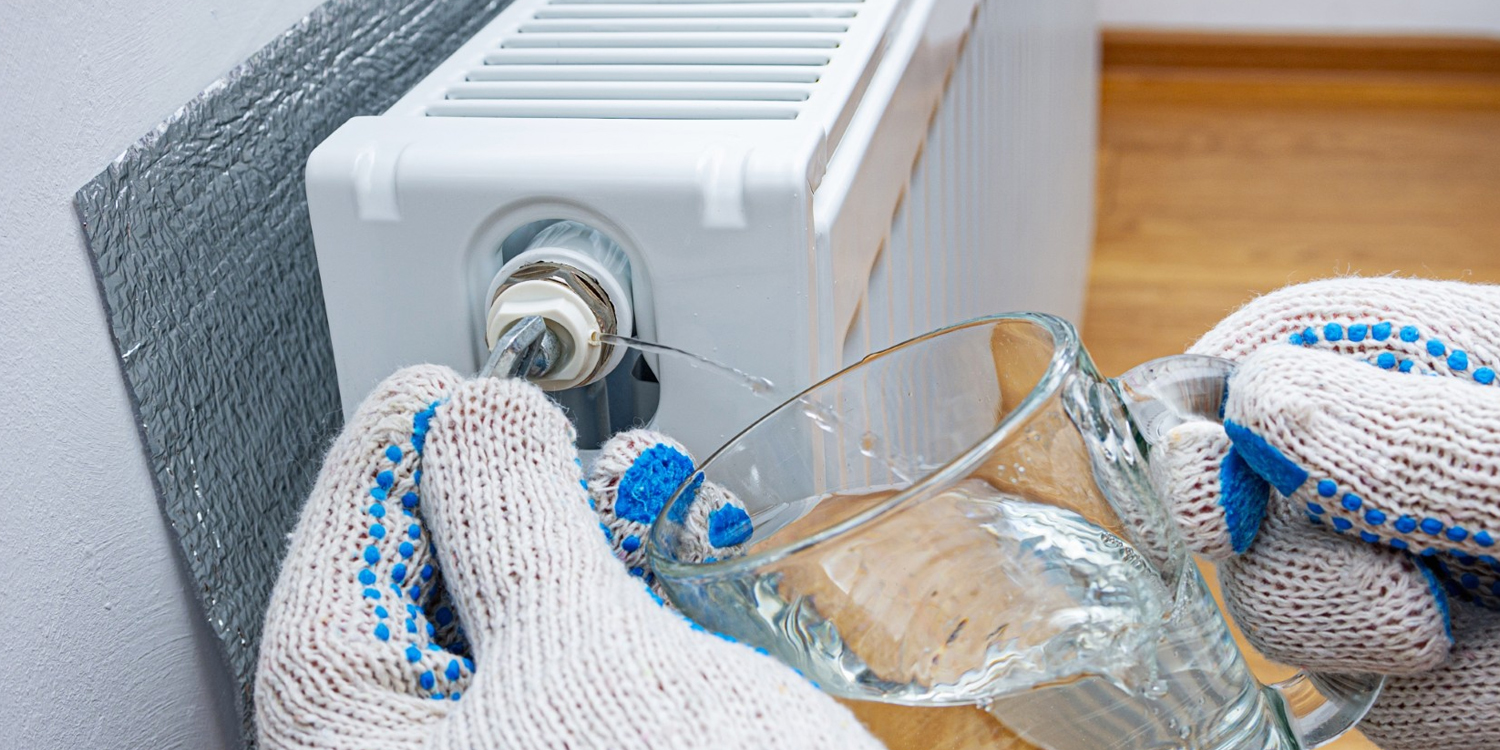
Bleeding your radiator:Air trapped inside your radiator can prevent hot water from circulating effectively, leaving parts of the radiator cold. Bleeding your radiator is a simple process that involves releasing any trapped air.
-
Turn off your heating to avoid circulating more air into the system.
-
Use a radiator key to slowly turn the bleed valve counterclockwise until you hear air hissing out. Once water starts to drip out, this indicates all the air has been released, and you can tighten the valve again.
-
Check the pressure of your heating system afterwards. Bleeding radiators can cause pressure to drop, which might require topping up.
Flushing the system:Over time, sludge and debris can accumulate in your radiator, necessitating a thorough flush.
-
Partial flush: For minor sludge build-up, you can often perform a partial flush by detaching the radiator and flushing it with water.
-
Full system flush: For more severe cases, a full system flush might be needed. This is usually performed with a machine that forcefully circulates water and cleaning chemicals through your radiators and heating system to clear out sludge and debris.
Chemical cleaners
Chemical cleaners can be a valuable tool in maintaining the health of your bathroom radiators.These products are designed to dissolve sludge, rust and blockages within your heating system.
-
Selecting the right product: Look for a cleaner that's compatible with your type of heating system. Some are specifically formulated for use with certain types of metals or boiler systems.
-
Application: Follow the manufacturer's instructions carefully. Typically, the cleaner is added to the system, left to circulate for a specified period and then the system is flushed to remove the debris and chemicals.
When to get professional help
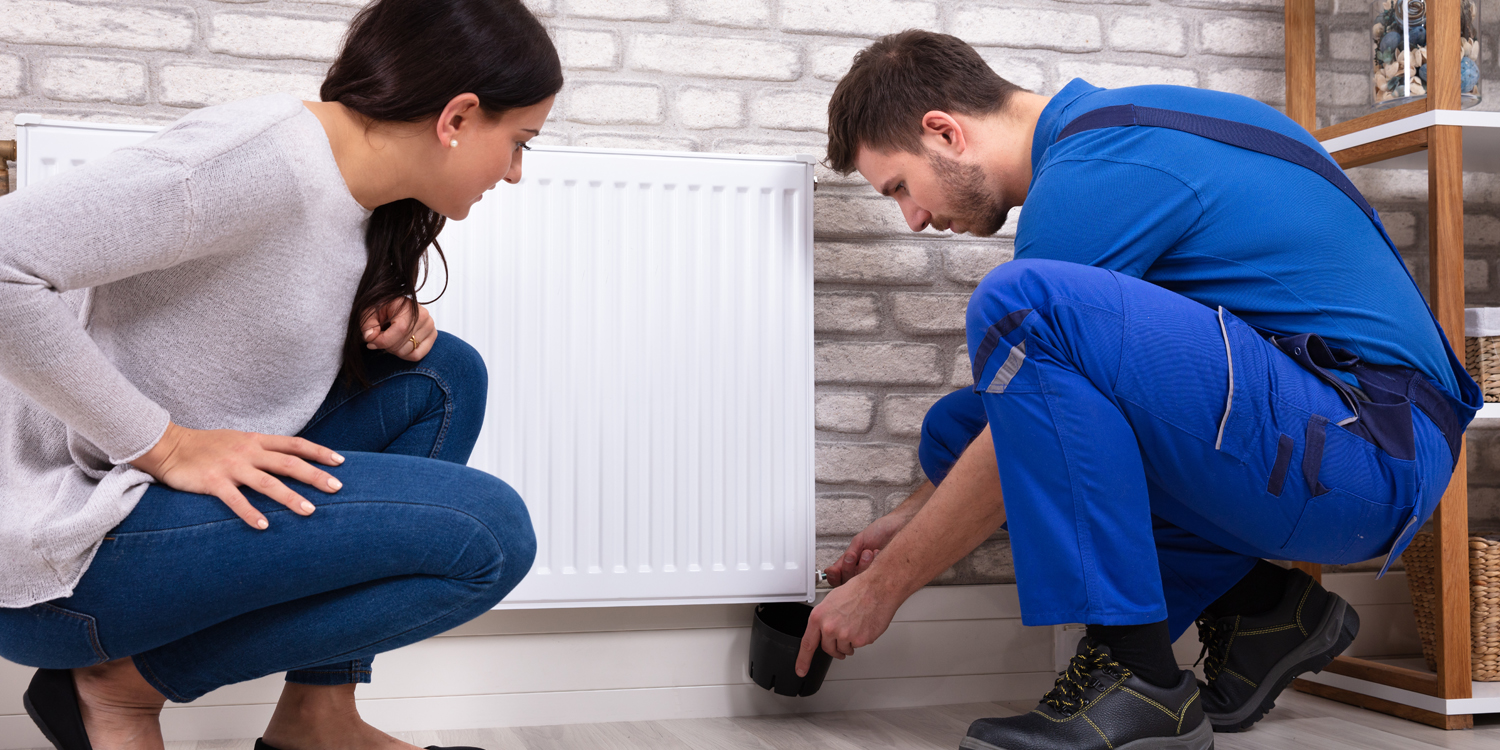
While many radiator issues can be addressed with DIY solutions, there are times when professional intervention is necessary.
-
Severe blockages: If flushing and chemical cleaners don't resolve the issue, it could indicate a severe blockage that requires professional equipment to clear.
-
Radiator balancing: Properly balancing your radiators ensures even heat distribution throughout your home. If you're unfamiliar with the process, or if adjusting the valves doesn't solve the problem, a professional can accurately balance the system.
-
System health check: An expert can also perform a comprehensive check of your heating system, identifying any potential issues before they become major problems.
Radiator specialists can offer tailored advice and solutions, ensuring that your heating system is efficient, effective and reliable. Whether you're facing persistent cold spots or seeking to prevent future issues, expert assistance can be invaluable in maintaining the optimal performance of your radiators.
Preventative measures
Maintaining the efficiency and warmth of your radiators not only contributes to a more comfortable home but also prevents future issues with cold spots, corrosion and sludge build-up. Regular maintenance is key to ensuring the longevity and optimal performance of your heating system. Here are some essential preventative measures tailored specifically for radiators.
Annual checks
-
Schedule an annual service: Have a professional inspect and service your boiler and heating system every year. This check can identify and rectify potential issues before they escalate.
-
Radiator inspection: As part of your annual maintenance, ensure that all of your radiators are included in the inspection. Look for signs of wear, corrosion or damage that could affect their efficiency.
Regular bleeding
-
Bleed radiators regularly: Air can become trapped in your radiator system over time, leading to cold spots and inefficient heating. By bleeding your radiators regularly, you ensure that air pockets are released, allowing hot water to circulate freely.
-
Monitor performance: Especially after the heating has been off for an extended period, such as over the summer, check your radiators for signs of air build-up and bleed them as necessary.
Using inhibitors
-
Incorporate chemical inhibitors: Adding a chemical inhibitor to your heating system can significantly reduce the risk of corrosion and sludge build-up. These chemicals protect the internal walls of your radiators and pipes, prolonging their life and maintaining efficiency.
-
Consult with professionals: If you're unsure about the best type of inhibitor for your system,seek advice from a heating professional. They can recommend a product suited to your specific system and water type.
Additional tips
-
Regular flushing: Consider having your system professionally flushed every few years to remove any sludge or debris that has accumulated, especially in systems that are prone to such build-ups.
-
Adjust thermostats: Properly adjusting your thermostatic radiator valves (TRVs) can prevent overheating and ensure that your radiators are heating efficiently.
-
Insulation: Ensuring your pipes and radiators are adequately insulated can prevent heat loss,making your heating system more efficient and reducing the risk of cold spots.
By implementing these preventative measures, you can significantly reduce the likelihood of encountering cold spots in your radiators and ensure they operate efficiently and effectively for years to come. Regular maintenance not only extends the lifespan of your radiators but also contributes to a more energy-efficient and comfortable home.
Ensuring your radiator heats efficiently from top to bottom is essential for both comfort and energy efficiency. Addressing issues like cold spots at the bottom can significantly enhance your home's warmth and reduce energy waste. Take the time to diagnose and resolve any radiator issues or seek professional assistance for more complex problems.
 Need Radiators FAST?
Need Radiators FAST? 



